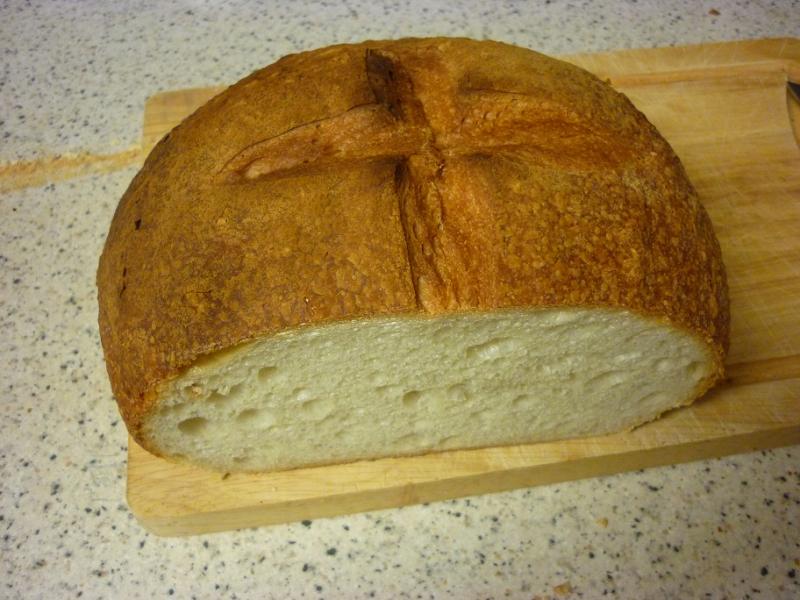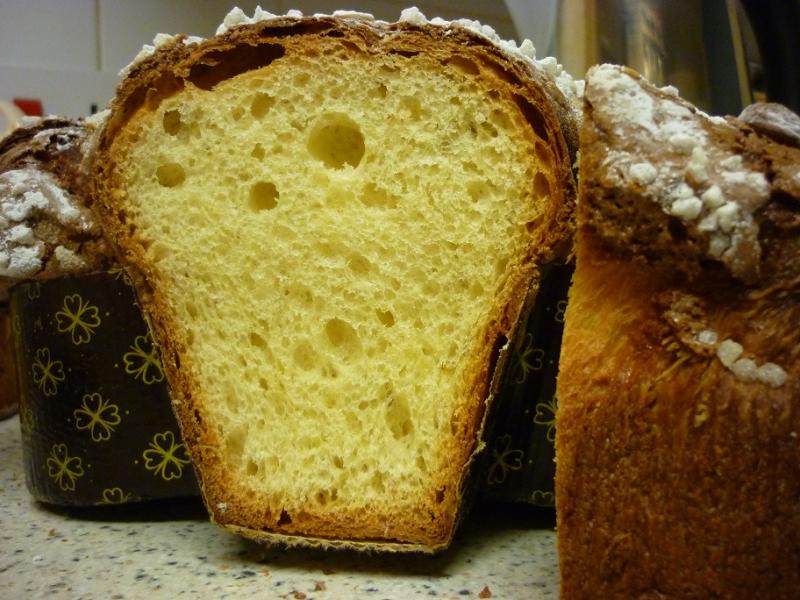
New and (could be) improved!
More than a little irony in that title...
Let's talk about the new, first. That would include the second edition of Hamelman's Bread and the pain de mie formula found in it. It would also include some new Pullman pans that I picked up recently. The book is remarkable, as many before me have said. I don't see this one getting shoved aside by future books, as has happened with some that I own. Yes, there are a few nits (why weren't the home formulae in metric units instead of English units?) but they are rather trivial compared to the quantity and quality of information residing between the covers. The Pullman pans figure as a long-delayed gratification. When faced with that much "new", why not put all of them together? And then, to really put it over the top, why not employ a previously unused shaping technique?
That takes us to the "could be improved" part of the tale. Not the formula, mind you, nor the pans, either. The dough was a real treat to work with, especially since I usually work with breads having a significant percentage of whole grains. It was smooth, silky, satiny; embodying all of those lush descriptors that cookbook authors love to employ. The new (to me) shaping technique even worked nicely, thanks to txfarmer and others who like assemble their loaves from smaller components. And the finished bread tastes wonderful, too.
Everything appeared to be going well in the early stages:

There's just one niggling little problem. Someone (I need to get an assistant, if only to serve as whipping boy) miscued on the dough quantity calculations. It wasn't a fat-finger mistake, either. More like a fat head mistake. I shouldn't be so negative. This bread actually achieved something that many home bakers want to emulate in their breads: ears. No, no, no, not that kind of ears, this kind:

Maybe I should call them eaves, instead of ears.
Anyway, the loaves have a beautiful fluffy core, perhaps 2.5 inches across, with an approximately .75 inch wide perimeter band that is dense and firm. Quite firm. Oh, okay, it requires some serious chewing! Not your Momma's Wonder Bread by any stretch of the imagination. The crust is lovely, though.
Just guessing, but I probably had about 15% too much dough for the pans. Thank goodness for a non-stick lining and some generous greasing before putting the dough in the pans. The lids were somewhat reluctant to release but came off without requiring excessive force or causing harm to anything.
I think I want to try this bread again, albeit with the right amount of dough in the pans. If that works as I expect it can, the next step will be to experiment with some of Hamelman's ryes, baked in the Pullman pans. If I get really brave, I may even try the Horst Bandel pumpernickel.
Despite my frustration with myself, it was a fun experience to play with a new bread, new pans, and a new technique. And I've only scratched the surface with this book!
Paul


















